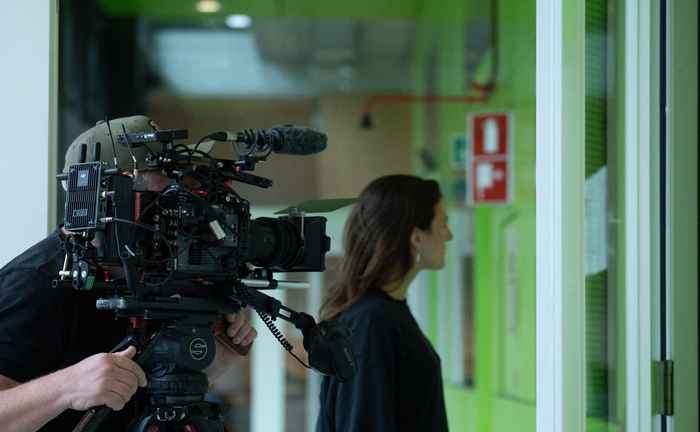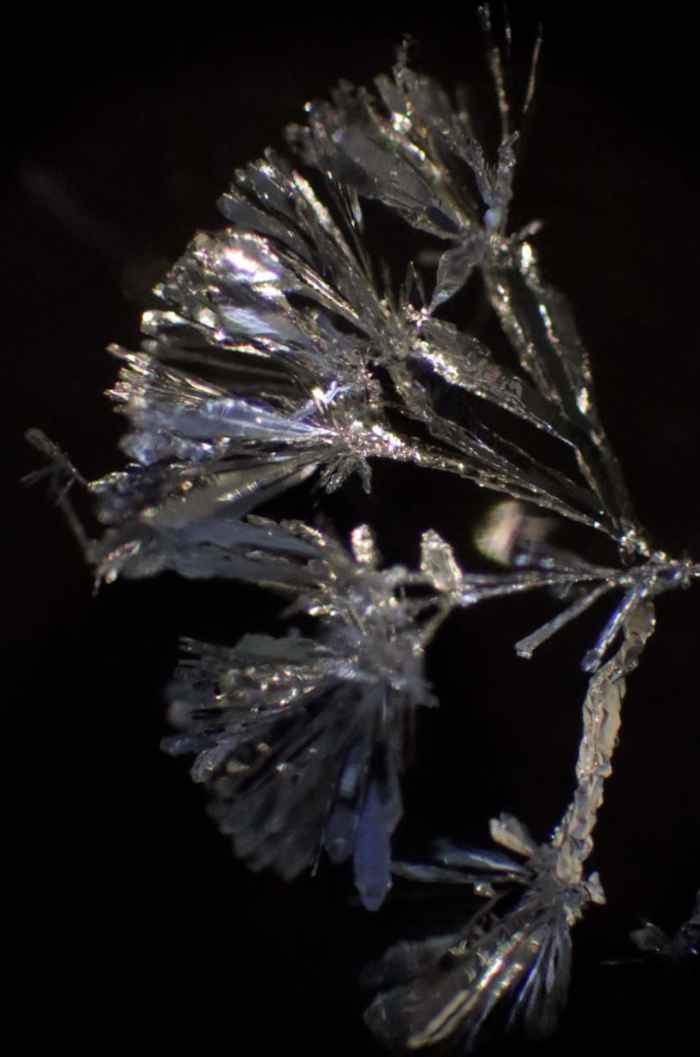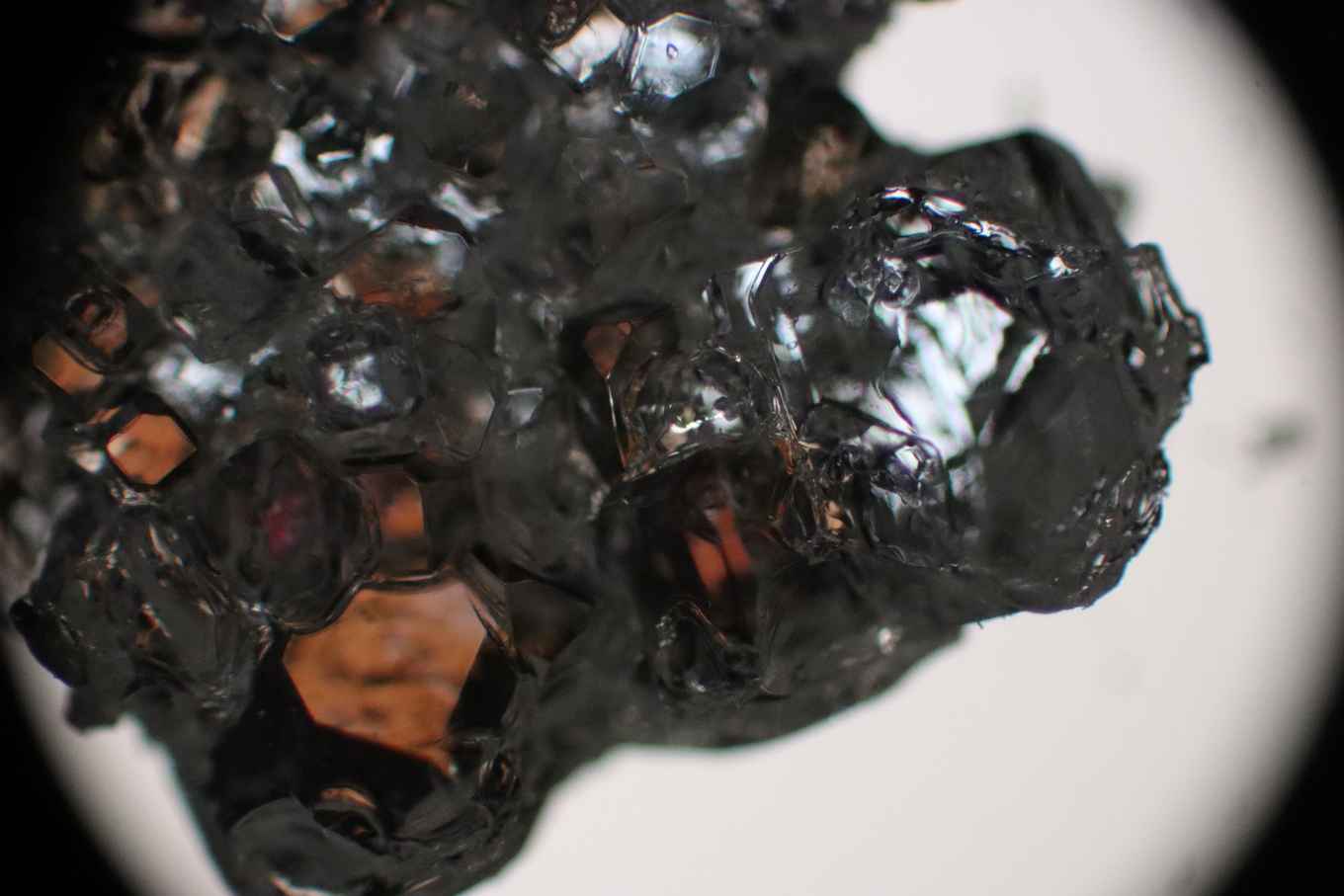Documentary series “Wetenschap in de Achtertuin” brings science to life
University of Amsterdam and Editcompany launch inspiring science series presented by Anna Gimbrère
16 November 2025

The new documentary series Wetenschap in de Achtertuin (Dutch for "Backyard Science") takes viewers into the world of contemporary scientists who show their work in a figuratively, and sometimes literally, down to earth way. Each episode focuses on a single scientist, demonstrating how complex questions—such as the mysteries of galaxies, the chemistry of everyday life, or the mathematical principles behind natural phenomena—can be investigated using simple tools.

Host Anna Gimbrère guides viewers through various scientific fields, from astronomy to ecology and from chemistry to mathematics, demonstrating that even without sophisticated laboratories, you can unravel the mysteries of the universe. The message: science is everywhere, accessible to everyone, and above all, incredibly exciting.
The series, which will initially be distributed on YouTube, is aimed at high school students, teachers, and anyone interested in science. With additional material available on the website wetenschap-in-de-achtertuin.nl, the series offers a valuable source of education and inspiration.

Filming for the pilot episode, featuring physicist Tess Heeremans, was completed in October. Tess and her colleagues won the Ig Nobel Prize for her research on drunk worms and she is currently a PhD candidate at the University of Amsterdam (UvA) studying crystals—a subject that also resonates with her hobby as a silversmith. Tess shows Anna how to make extra-salty salt crystals at home, and in the lab at AMOLF, she shows how silver exhibits remarkable growth behavior under the microscope.
Wetenschap in de Achtertuin is aimed at anyone curious about the world around us. The series invites viewers to discover the wonders of science in their own backyard.
---
Wetenschap in de Achtertuin is a co-production of the University of Amsterdam and Editcompany. With the support of the recently awarded grant from the Landelijk Overleg Bètadecanen, the first five episodes, covering various sciences, will be produced. Filming will continue in 2026, and the series will premiere in the 2026-2027 school year.

Wetenschap in de Achtertuin is an initiative of:
Editcompany – Maarten Butter and Kirsten Straalman, experienced program makers and the driving forces behind the previous documentary "Stardust". With their expertise in production and post-production and a passion for science communication, they strive to make science accessible to a wide audience.
Institute of Physics, University of Amsterdam – Marcel Vonk, physicist and science popularizer, brings scientific knowledge and experience to reach a wide audience, with a special focus on schools. As the author of several popular science books and editor-in-chief of the website The Quantum Universe, his involvement guarantees the scientific accuracy and depth of the series.
Anna Gimbrère is a Dutch science journalist and presenter. With a background in physics and astronomy from the University of Amsterdam, she combines scientific expertise with media skills. She has worked as an editor and expert on various television programs, including Galileo, De Nationale Wetenschapsquiz, and Experimensen. She has also presented a variety of science programs and podcasts. In 2019, she was named Media Talent of the Year by de Volkskrant; in 2025, she won the Iris Medal together with Diederik Jekel. In 2024, Anna gained national recognition as the mole in Wie is de Mol?